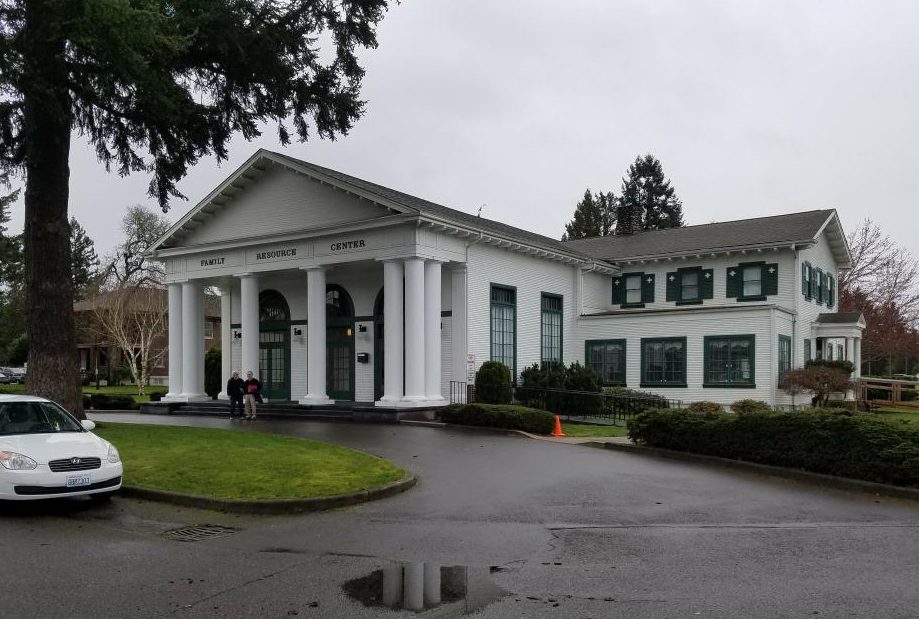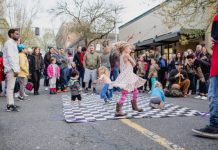On the eastern side of Interstate 5, as the freeway meanders through Joint Base Lewis-McChord, stands a Greek Revival-style building that seems a little out of place from the rest. Instead of dark brick like many of the other buildings that surround it, this one is white with green trim, with great white columns at the entrance. It has been called many things in its almost 100-year history: the Camp Lewis House, Hostess House, the Army Service Club, the FLEA Club, Youth Center – and most recently – the Family Resource Center.
To Lakewood natives Paul Bader and Anne Bader-O’Neil, however, it was once called home. And with the cooperation of the Cultural Resources Program and the Public Affairs office, the two siblings got a chance to tour the newly renovated building over 60 years later.
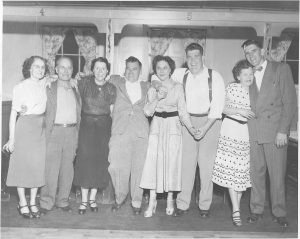
Built between 1917 and 1918, the Hostess House at Camp Lewis was one of a number of structures created by the American Red Cross throughout the country to help serve convalescent soldiers returning home from World War I. One of the nurses, Caroline Paxton, was hired on as a hostess for the house even before the building was finished, and had become an icon for 25 years.
“She was sort of a fixture,” says Dr. Duane Denfeld, architectural historian at Joint Base Lewis-McChord. “The soldiers called her mother. A lot of soldiers would write her on the battlefields of World War I and World War II saying how much they appreciated her care and attention.” With the war over by 1920, the American Red Cross turned the Hostess House over to the army, where it became an Army Service Club. Paxton remained there as a Special Services Hostess, where she organized many social events for both dignitaries and enlisted soldiers. In 1945, Paxton retired to Lakewood.
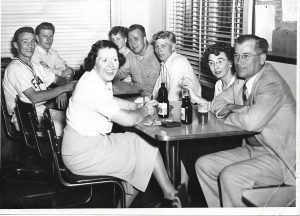
Following Paxton’s retirement, the Army Service Club became the Fort Lewis Employees Association Club (FLEA Club), a place for civilian employees to gather after work. This club was eventually hosted by John and Mary Catherine Bader. John and Mary Catherine lived upstairs with their son Paul. Though still quite young, Paul recalls many memories of living there, including the great stone fireplace in the main hall, the penny slot machine at the bar, and the big stage on the far wall from the entrance.
“There were big bands on that stage on Saturday nights,” said Bader, pointing to what is now a meeting room. “It might not have been every Saturday night, but at least once a month there was a dance. I helped clean up the mess afterward.”
Anne Bader O’Neil pointed to the offices on the second floor along the end of the front entrance. “There used to be a railing up there,” she said. “I remember watching my parents calling bingo from there.”
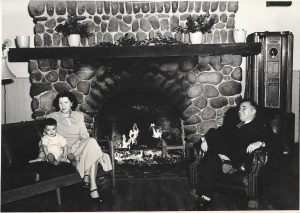
With the help of John and Mary Catherine Bader, the FLEA Club hosted an array of parties, gatherings and holiday celebrations throughout the early 50s. The FLEA Club closed rather suddenly in 1955, and the Bader family moved on to bigger and brighter things. There are differing recounts as to the details of why the FLEA Club disbanded, but the consensus was that some of the high-ranking officers didn’t like the idea of civilians staying on base after work and drinking alcohol.
It became a youth center after that, where it maintained that role well into the 1970s. While it had some other base-related functions between the 1970s and 1990s, the building had fallen into disrepair. There was even talk of demolishing the building flat out. “The years as a FLEA Club and as the Teen Center there was no maintenance because they weren’t funded military activities,” said Denfeld. “So maintenance had been neglected for all those years.” But with help from a General’s wife, as well as a slew of donations, an effort to restore the building was underway.
“On April 11, 1996,” writes Denfeld, “the center had its dedication ceremony. The renovation project earned the Washington State Historic Preservation Office’s 1997 Annual Award for Outstanding Achievement in Historic Rehabilitation.”
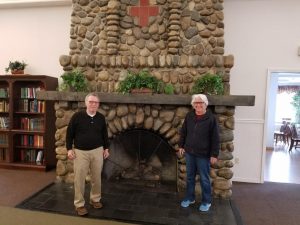
Today the building serves as the Family Resource Center (FRC) for JBLM, where it provides Family Readiness Groups with a meeting place for command-sponsored functions. “They hold classes in here for army wives and families,” explained Donna Turnipseed, Cultural Resources Program Manager. “They’ll do classes on parenting, how you help become a better parent. They also have meetings, especially during deployments, where people can come and get support for the families who are left behind.”
For Paul Bader and Anne Bader O’Neil, seeing the building in its former glory firsthand was nothing short of priceless. “That’s one off my bucket list,” said Bader.
The Family Resource Center will be celebrating its centennial in late summer of 2017.


































